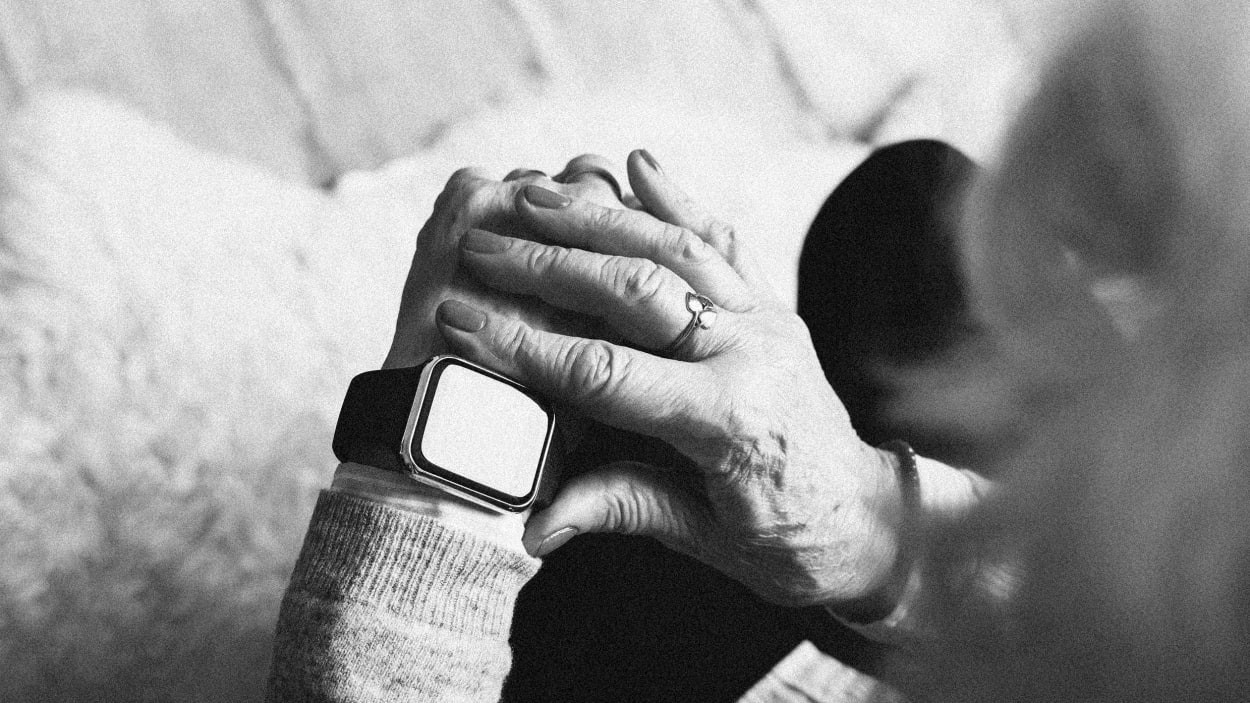When tech companies design their products, they usually think of younger generations first. After all, these are the people most likely to become long-term, recurring customers—and spread their love of the product far and wide on social media. But the cohort on the other end of the age spectrum—the elderly—frequently seems to be an afterthought.
“Help! My app went missing.”
When I visit with friends and family, particularly over the holidays, I’m frequently asked to act as tech support. (It’s one of the drawbacks of people knowing you write about technology.) Often, I’m asked to demonstrate how to use a new iPhone feature or help with device pairing issues, such as linking an iPhone to a Bluetooth headset they just got for Christmas.
Yet when the tech help request comes from an elderly family member or friend, and has to do with an iPhone, it’s typically the same thing over and over again: Some of their apps have disappeared from their home screen, and they want to get them back.
In reality, the app hasn’t actually disappeared. The cause of the problem is always the same: They’ve accidentally moved an app’s icon to a new page on their iPhone’s home screen, or more commonly, accidentally moved one app’s icon onto another, creating a home-screen folder.
Elderly iPhone users frequently have this problem because of dexterity issues. Their fingers are simply not as nimble as they used to be. Hence, it’s easy for them to inadvertently tap and hold and accidentally drag an icon somewhere else without realizing they did so.
After I show them what’s really happened, they always apologize and seem to feel a bit foolish. But they shouldn’t. This isn’t their fault, it’s Apple’s—and it’s time the company fixed it.
How Apple can improve the iPhone experience for older users
While Apple has—rightfully—been lauded for making myriad accessibility options available to help iPhone users who may have physical or cognitive limitations, the company has yet to address this one common home-screen issue, which many of its elderly users face. And the fix is simple: Add a setting that locks the arrangement of the app icons in place on the home screen, so they can’t be accidentally moved around. If Android phones can do it, surely the iPhone can, too.
Apple should also make it possible for users to revert to prior home-screen layouts in case they inadvertently move an icon. And while Apple seems to love its App Library feature, which users access by swiping left past the final home screen, I’ve had several elderly users tell me that it confuses them. They wonder why there are two copies of the app icon on their home screen. “What if I open the wrong one, and my data is in the other one?” I’ve been asked.
These kinds of questions may sound silly to younger users, but it’s worth remembering that people now in their 70s and 80s grew up way before smartphones, and even before computers. Concepts such as home-screen folders and app launchers can remain foreign. Of course, there are plenty of people in their 70s and 80s who are tech whizzes. Still, my experience has been that many remain confused, especially when it comes to ever-convoluted, touch-based interfaces with invisible gesture controls. And that confusion leads to frustration and embarrassment, which leads some elderly users to suffer through tech headaches for months before reaching out for help.
The Apple Watch is a blessing and a curse
Speaking of confusing interfaces, Apple needs to think of its Apple Watch smartwatch from the point of view of elderly users way more than they apparently do.
As my friends and I have gotten older, we increasingly worry about our parents’ physical health and mobility—especially if we have a parent who lives on their own. Falls are something we (and they) worry about. As the Centers for Disease Control and Prevention notes, falling is the leading cause of injury-related death among those over the age of 65.
Whenever I suggest to a friend that they buy their parent an Apple Watch so their parent can take advantage of its fall detection alert system, many say they’ve brought up the Apple Watch in conversations and their parent has declined to get one.
It’s not that the parent thinks the device is useless. Rather many who are elderly find the interface of the Apple Watch, with its small, complicated icons and buttons, too confusing or hard to read. That confusion leads to frustration, which leads to irregular use. And an Apple Watch with fall detection is useless if your parent isn’t wearing it.
iOS 18 and watchOS 11 should add these three features
Several years ago, Apple made it possible for a family member to set up another family member’s Apple Watch if the Watch owner didn’t have their own iPhone. This was helpful, but the company still hasn’t addressed the main reason that many elderly people I’ve spoken to cite for not getting an Apple Watch: it’s just too confusing for them—like the iPhone’s interface has become too confusing, too.
This is why Apple should take another look at the iPhone and Apple Watch operating systems, this time from the point of view of its most elderly users. It would be terrific if Apple introduced an “Elderly Mode” (hopefully with a better name than that) in iOS 18 and watchOS 11 this summer. The function could lock down icons and interface elements on the iPhone and Apple Watch, so they can’t be inadvertently moved.
Apple could also create a more bare-bones Apple Watch interface for those who want to use the device mainly as a fall detection device (and thus thereby perhaps expanding the Apple Watch’s battery life, so the user doesn’t need to charge it as often—something elderly users may forget to do every night).
One final godsend would be if Apple were to grant users the ability to remotely manage their older family member’s iPhone or Apple Watch—adjusting the app icon arrangement, changing device settings, and more—so that our elderly loved ones don’t have to struggle in frustrating and potentially life-threatening silence until the next time we drop by for a visit.
(4)





